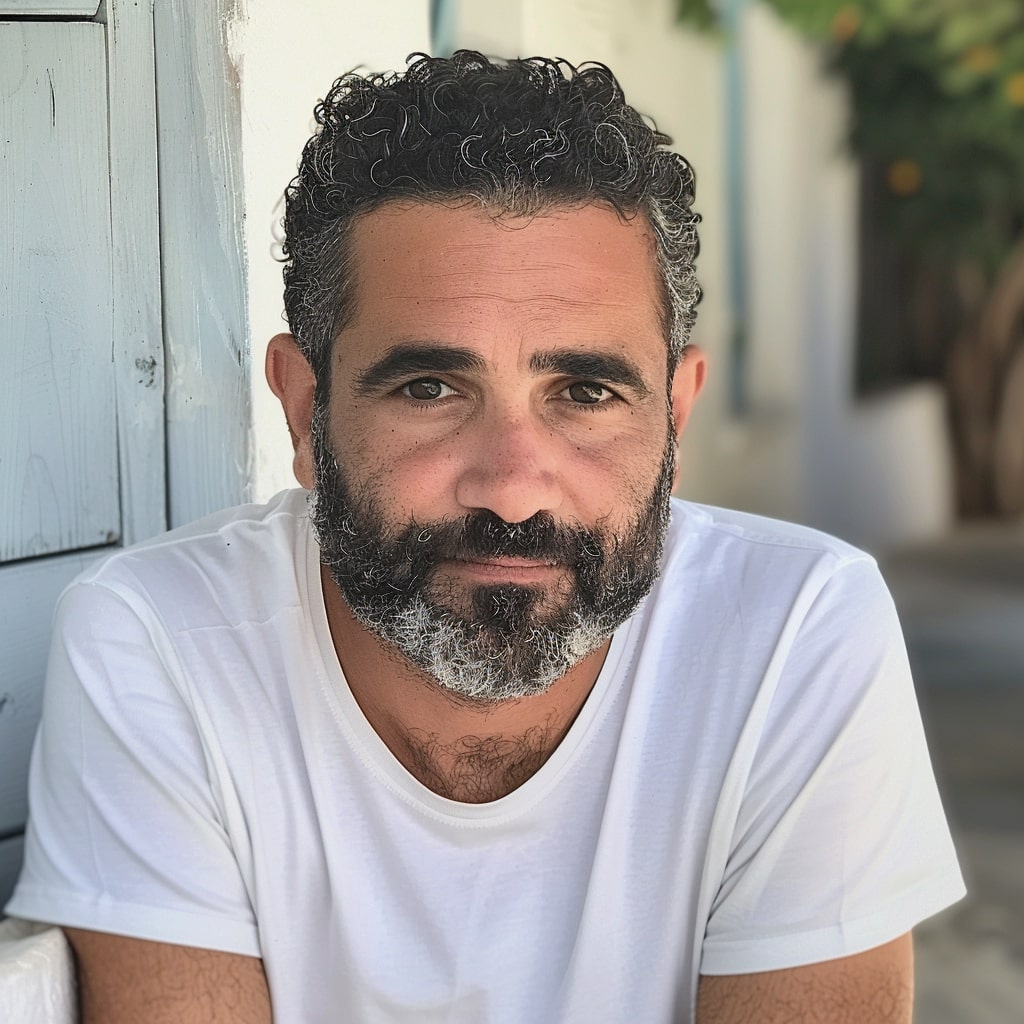Just under 17 per cent of the Cypriot population was at risk of poverty or social exclusion in 2023, according to data released by the Statistical Service (CyStat) on Tuesday.
Specifically, 16.7 per cent – or 153,000 people – were at risk of poverty or social exclusion, also known as Arope.
The data comes from CyStat’s survey on household income and living conditions for 2023. The Arope index includes households with disposable income under the poverty threshold, households facing major material and social deprivation, and people living in households with a very low labour intensity index.
The Arope index of 16.7 per cent was unchanged from 2022.
Meantime the Arop (at risk of poverty) rate for 2023 registered at 13.9 per cent of the population, or 128,000 people. It likewise remained unchanged from 2022.
The at-risk-of-poverty rate is the share of people with an equivalised disposable income (after social transfers) below the at-risk-of-poverty threshold, which is set at 60 per cent of the national median equivalised disposable income after social transfers.
The Arop indicator does not measure wealth or poverty, but low income in comparison to other residents in that country, which does not necessarily imply a low standard of living.
Equivalised disposable income is defined as the total income of a household, after tax and other deductions, that is available for spending or saving, divided by the number of household members converted into equalised adults; household members are equalised or made equivalent by weighting each according to their age.
According to CyStat, in Cyprus in 2023 the median equivalised disposable income stood at €18,873; in 2022 it was €17,856.
The at-risk-of-poverty threshold in 2023 was calculated at €11,324 for single-person households, and at €23,780 for households with two adults and two children under the age of 14. By comparison, the respective numbers for 2022 were €10,713 and €22,498.







Click here to change your cookie preferences